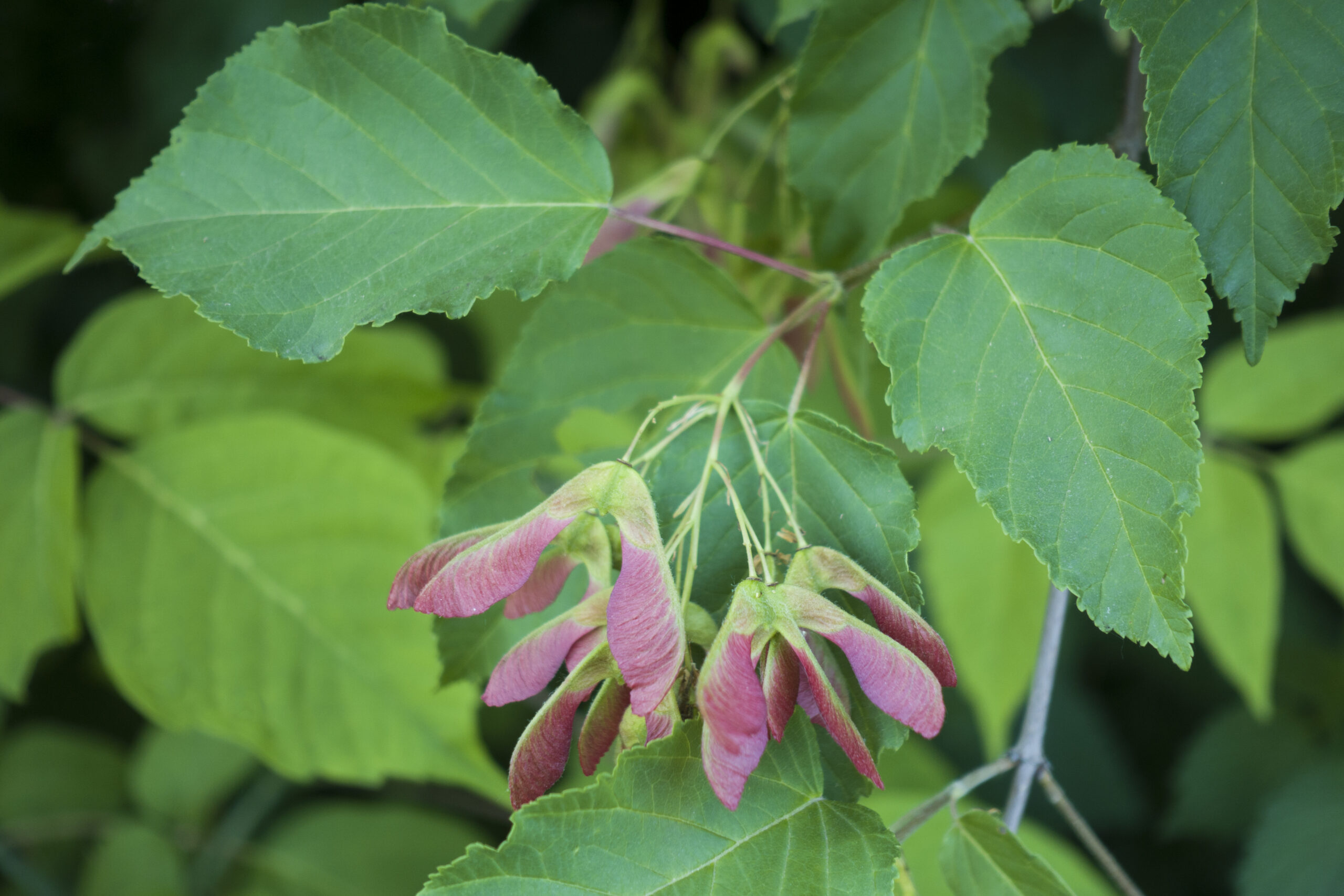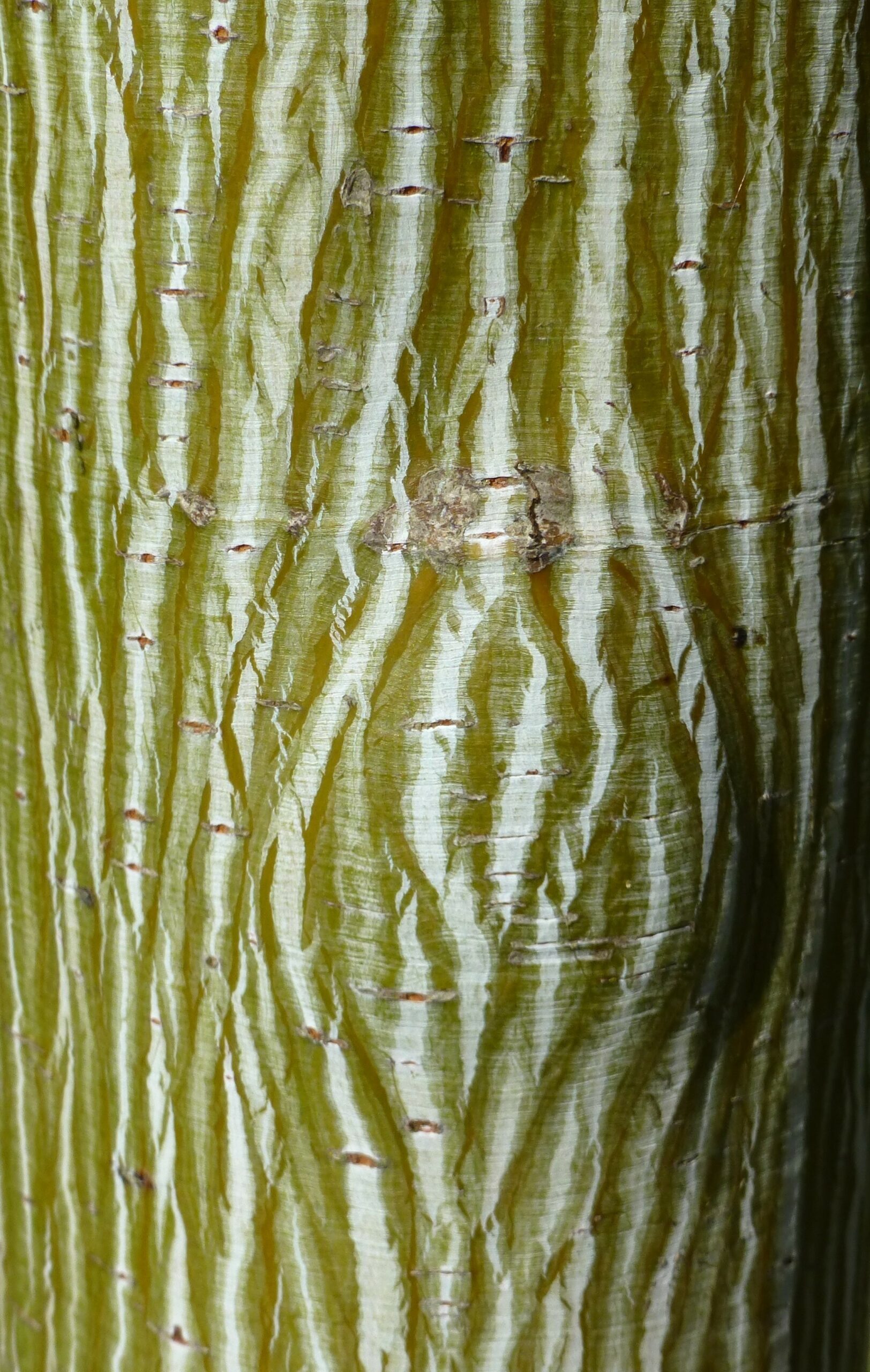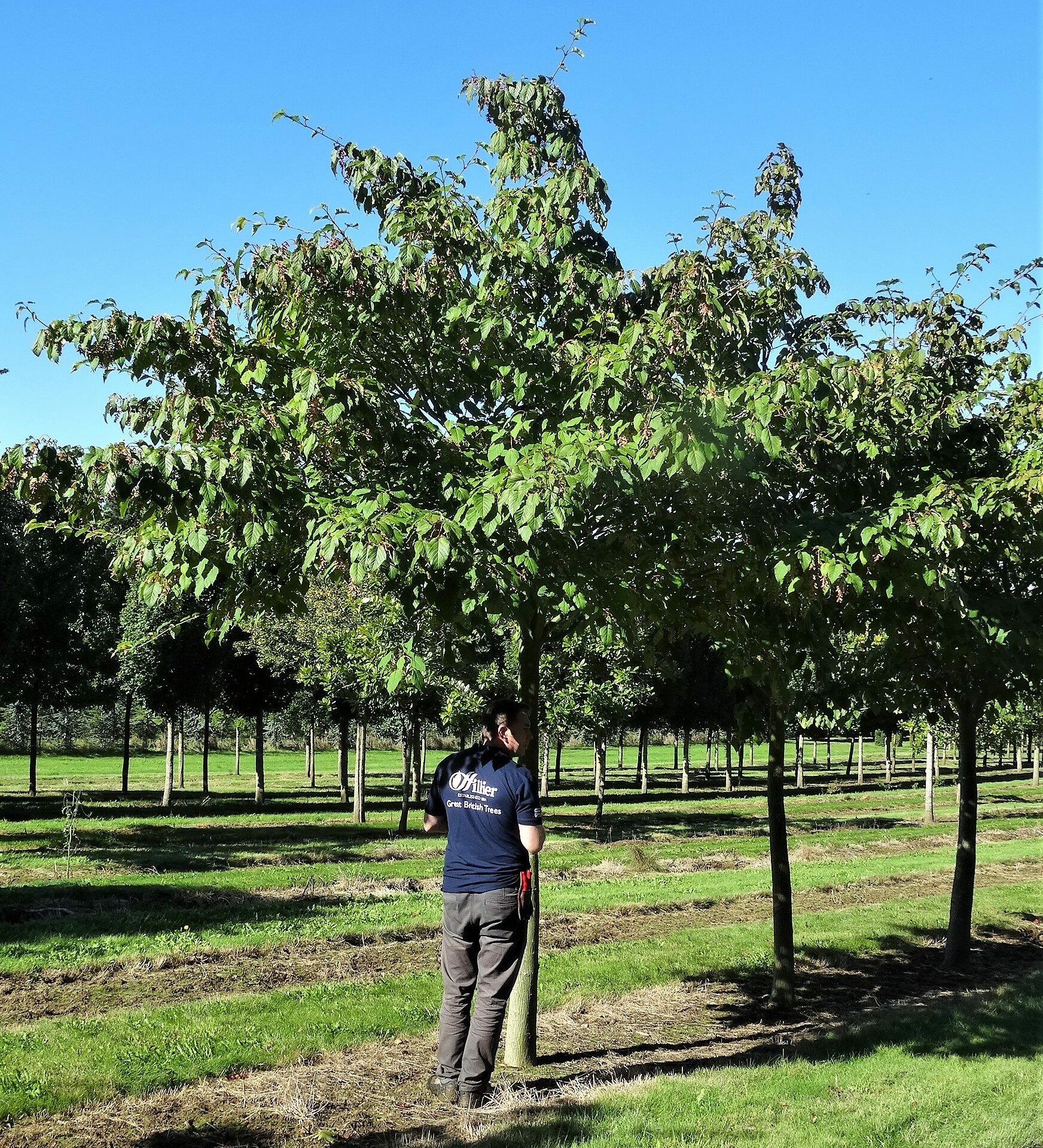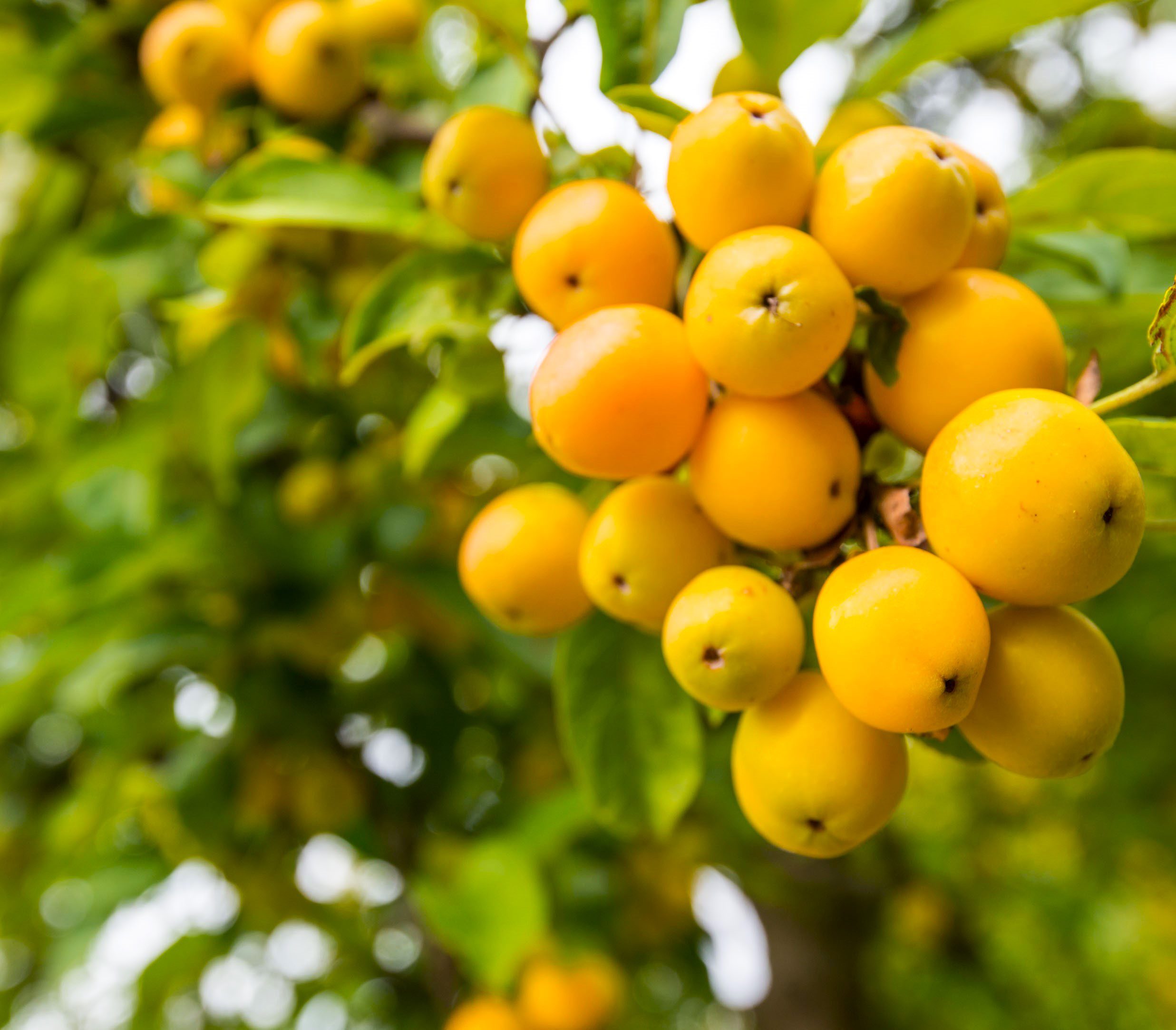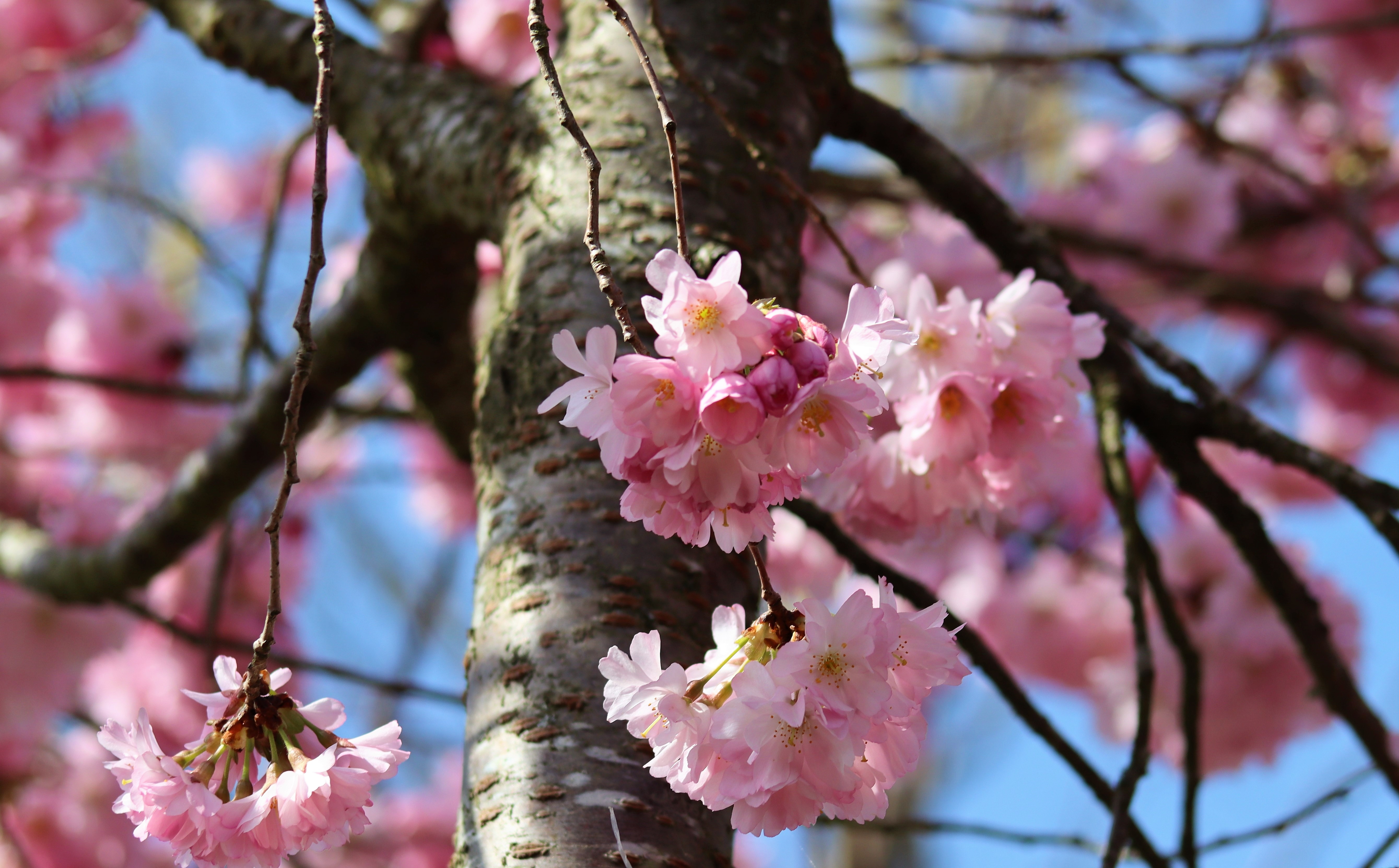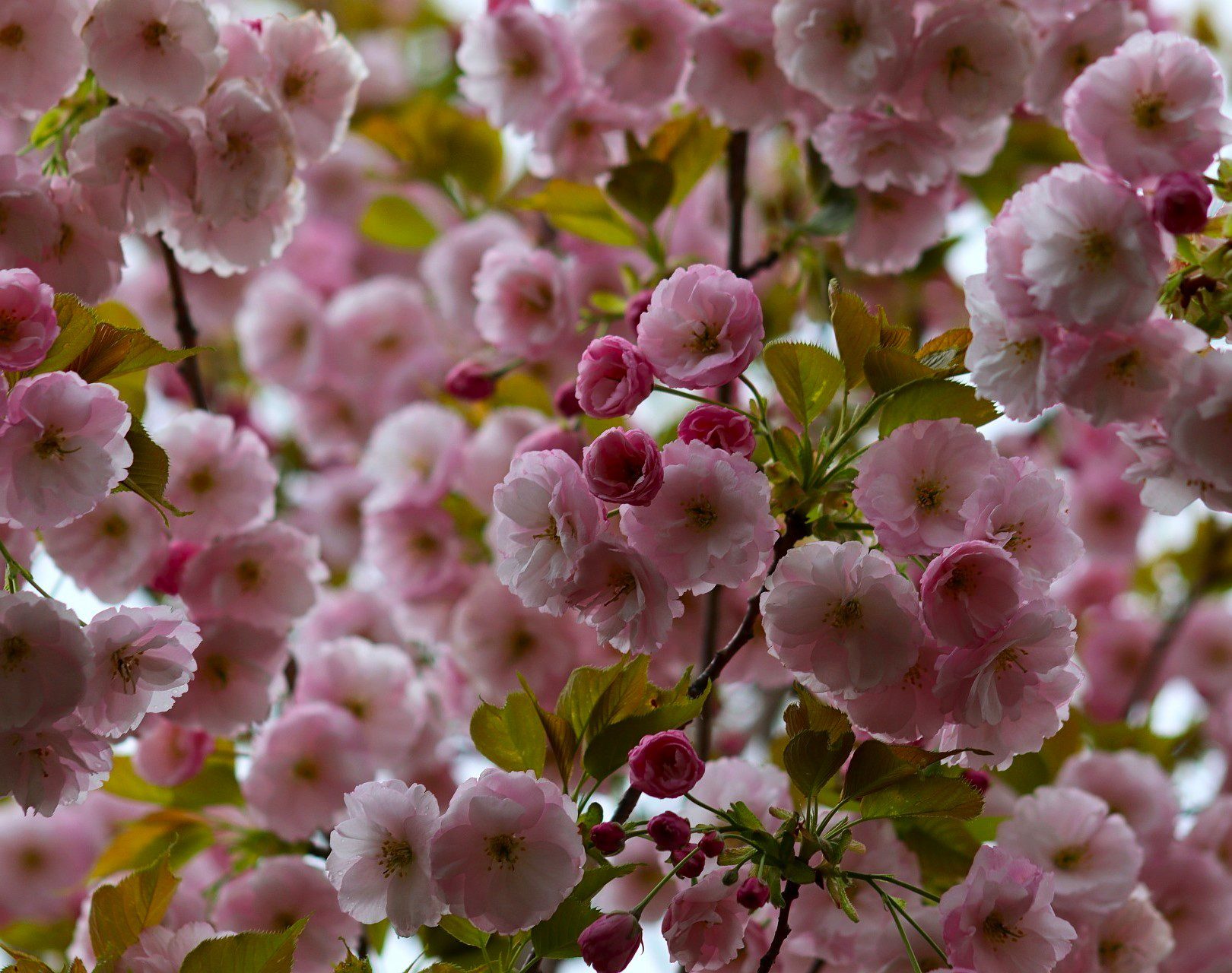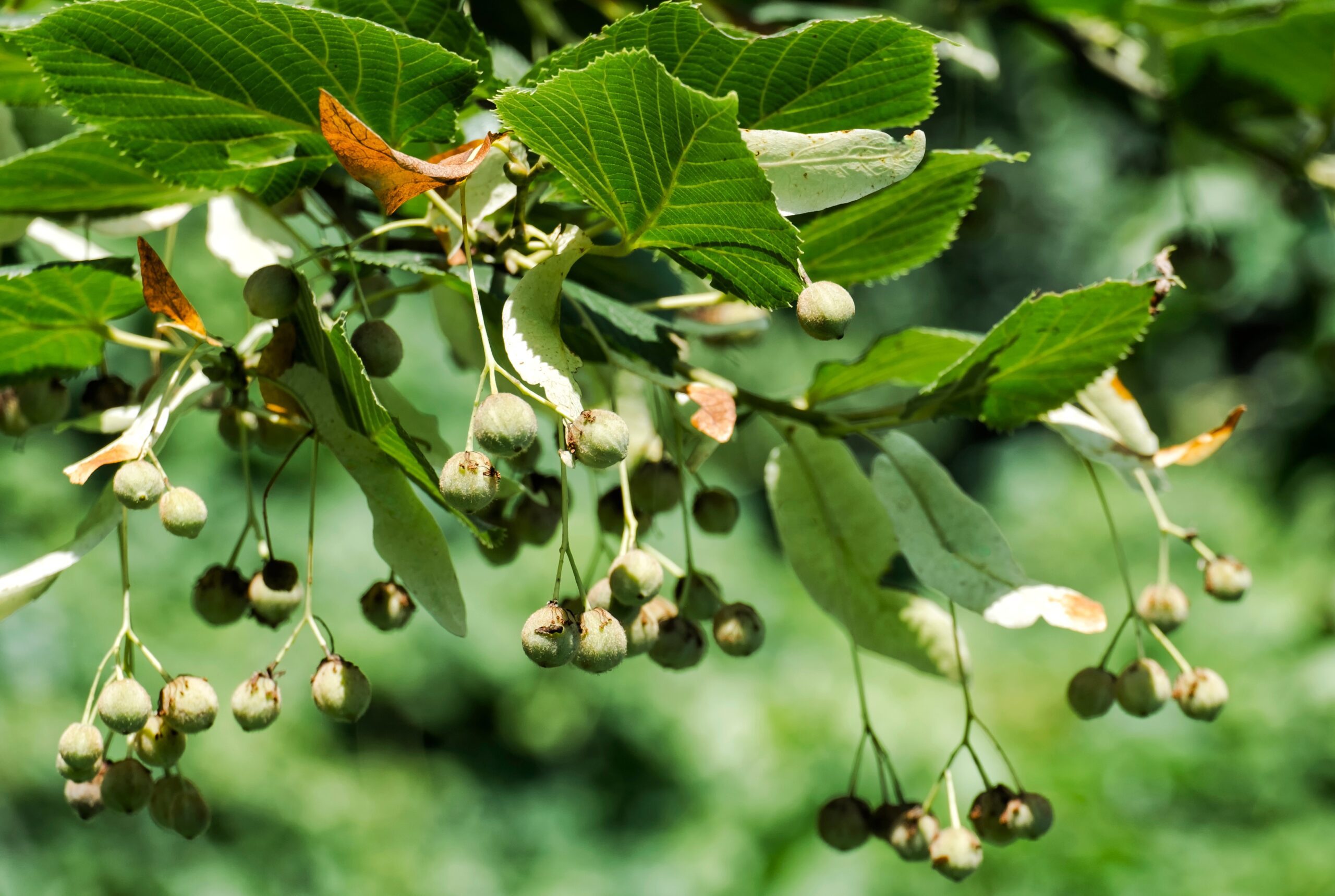Tree Information
Specialities
Tolerances
Wet Soil: Medium
Dry Soil: Medium
Lime: Medium
Acer davidii, commonly known as Pere David’s maple or Snakebark maple, is a stunning deciduous tree admired for its distinctive bark and ornamental appeal. Native to Central China and discovered by French missionary Armand David, Acer davidii adds elegance and visual interest to any garden or urban landscape.
One of the most striking features of Acer davidii is its snake-like patterned bark. Starting with greenish-grey hues that mature to white, cream, and olive tones, the bark’s unique stripes become more vivid with age, creating an eye-catching focal point year-round. The tree’s slender, upright growth habit makes it an excellent choice for parks and smaller gardens.
In early spring, Acer davidii produces subtle yellow-green flowers in delicate clusters, followed by bright red, winged seeds that attract wildlife and contribute to the tree’s charm. This maple thrives in well-drained soil and prefers full sun to partial shade but shows great adaptability to different soil types and urban environments.
For sustainable landscaping, Acer davidii’s moderate maintenance needs and relatively compact root system make it suitable for planting away from paved areas, allowing the tree to flourish without causing damage to hard surfaces. Its vibrant autumn foliage and unique bark texture have made it a popular choice for gardener designers and landscapers alike.
Explore more about Acer davidii and other beautiful maple trees to enhance your landscape design.
Visit our Useful Resources for in-depth guides
Discover guides to help you with specifying your trees, caring for your trees and understanding the weights and dimensions of trees.
Useful ResourcesSize
Small
7m high x 6m wide after 25 years
Environment
Acer davidii thrives best in natural, open environments and is not well-suited to areas with hard, compacted surfaces. It flourishes in parks and gardens where it can establish a healthy root system. This tree benefits from ample space to grow and develop its distinctive bark and foliage without the constraints of urban hardscaping. Ideal for landscapes where it can enjoy a natural setting.
Canopy
The canopy is characterised by its oval to round shape, forming a light and open crown. The branches gracefully arch outward, creating a rounded a symmetrical appearance that offers a pleasant, dappled shade beneath. This airy canopy provides a balanced and aesthetically pleasing coverage, enhancing the landscape with its elegant form while allowing light to filter through.
Foliage
The foliage of Acer davidii is deciduous, featuring mid-green, oval-elongated leaves that exhibit a distinctive and elegant shape. The undersides of the leaves are covered with a fine, hairy texture along the veins, adding a subtle tactile quality to the foliage. In autumn, leaves transform into a vibrant tapestry of colours, shifting through shades of orange, pink, and yellow.
Bark
The bark is uniquely eye-catching, displaying a distinctive snakelike pattern that adds significant visual interest to the tree. Initially, the bark features a green-grey hue, which gradually matures to an elegant palette of white, cream, and olive green as the tree ages. This evolving colour scheme and intricate pattern become more pronounce over time, creating a striking and textured appearance.
Resilience
Exhibits impressive resilience, thriving best in well-drained, nutrient-rich and humus-rich soils that provide a supportive environment for its growth. While it demonstrates good wind resistance, it performs optimally in a sheltered location that shields it from harsh conditions. The tree adapts well to a range of light conditions, flourishing in both full sun and partial shade. Additionally, Acer davidii is resistant to frost, making it a robust choice for various climates.
FAQs
What are the key features of Acer davidii?
Key features include its unique snakelike bark that starts as greenish-grey and matures into shades of white, cream, and olive green. The tree also produces inconspicuous yellow-green flowers in early spring, which develop into distinctive red winged fruits. Its foliage is mid-green with a hairy texture on the underside and changes to vibrant autumn hues of orange, pink, and yellow.
How fast does Acer davidii grow?
Acer davidii has a moderate growth rate. It develops a rounded canopy with an elegant shape, providing visual interest as it matures. While not the fastest-growing tree, its unique bark and seasonal foliage changes make it a valuable addition to any landscape.
What are the ideal growing conditions for Acer davidii?
This tree does best in well-drained, nutrient-rich soils. It prefers full sun to partial shade and can tolerate a range of soil conditions, including clay and loam. Acer davidii is resistant to frost, making it suitable for a variety of climates.
Make an Enquiry
Enquire below and speak to one of our expert team. For trades only, for general public enquiries click here.
Find Trees For Your Project
View Our TreesSpeak to a Member of Our Sales Team
Make an Enquiry
